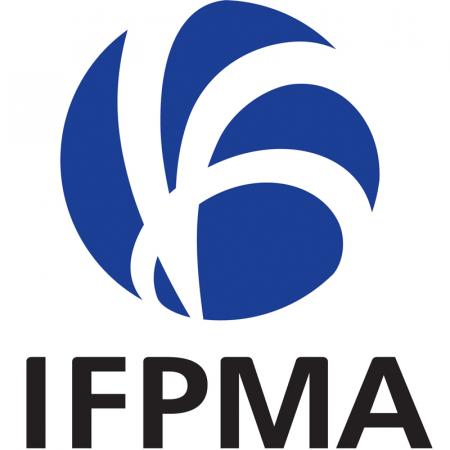Gonococcal antimicrobial susceptibility surveillance in the European Union/European Economic Area
The 2023 European Gonococcal Antimicrobial Surveillance Programme (Euro-GASP) monitored antibiotic resistance in Neisseria gonorrhoeae across 24 EU/EEA countries under ECDC coordination. A total of 3,184 isolates were analyzed, mostly from male patients (83%) with a median age of 30 years. Samples were primarily genital, but rectal and pharyngeal sites were also common.
Antimicrobial testing revealed that one extensively drug-resistant isolate (resistant to ceftriaxone, cefixime, azithromycin, ciprofloxacin, and tetracycline) was detected in France. Cefixime resistance remained low at 0.2%, while ceftriaxone resistance was extremely rare but still concerning. Azithromycin resistance (MIC > 1 mg/L) affected 23.2% of isolates, slightly lower than in 2022, yet high-level azithromycin resistance (MIC ≥ 256 mg/L) increased to 1.2%. Ciprofloxacin resistance decreased slightly to 63%, and tetracycline resistance remained high at 58%.
Although dual resistance to ceftriaxone and azithromycin is still uncommon, rising azithromycin resistance and sporadic ceftriaxone-resistant strains pose a serious public health risk. Current EU guidelines recommend high-dose ceftriaxone monotherapy or combination with azithromycin. Continuous quality-assured surveillance and the development of new treatment options are crucial to ensure gonorrhoea remains treatable in Europe.
AMR NEWS
Your Biweekly Source for Global AMR Insights!
Stay informed with the essential newsletter that brings together all the latest One Health news on antimicrobial resistance. Delivered straight to your inbox every two weeks, AMR NEWS provides a curated selection of international insights, key publications, and the latest updates in the fight against AMR.
Don’t miss out on staying ahead in the global AMR movement—subscribe now!






